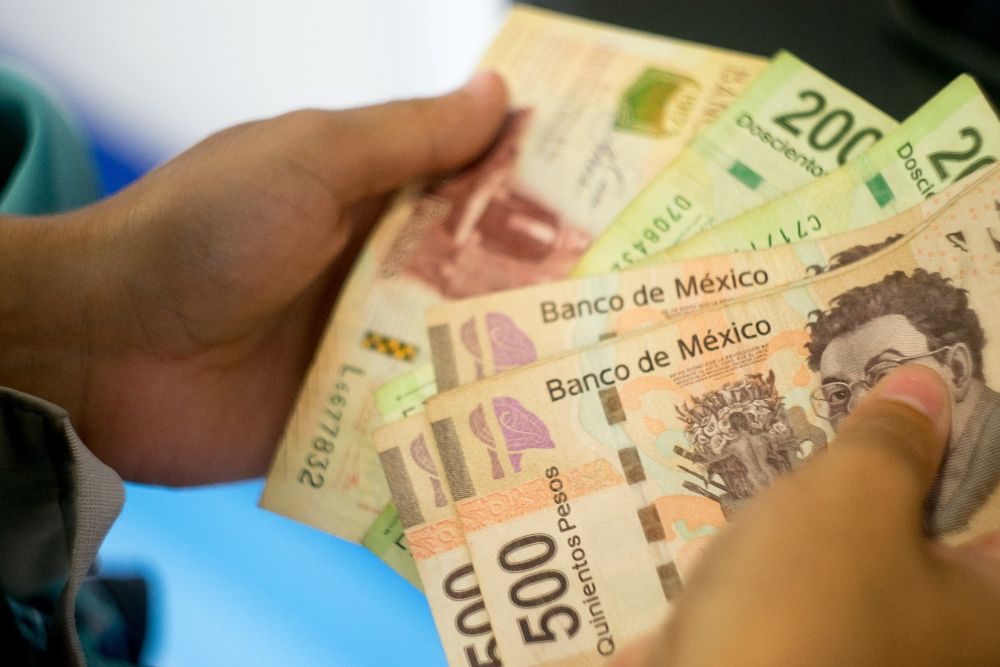The Mexican peso surged past 20.5 per US dollar after US President Donald Trump announced a one-month delay on newly planned tariffs against Mexico.
The currency’s recovery comes after constructive talks between Trump and Mexican President Claudia Sheinbaum, who reached an agreement on border security measures.
While the immediate threat of economic sanctions has eased, concerns over Mexico’s economic stability remain.
Trump-Sheinbaum agreement: a temporary reprieve
Trump’s tariffs, initially set to take effect on Tuesday, aimed to curb illegal immigration and fentanyl smuggling.
In response, Sheinbaum had announced retaliatory tariffs ranging from 5% to 20% on US goods.
However, on Monday, she revealed that Mexico and the US had reached a new agreement, leading to a temporary halt in the tariff implementation.
As part of the deal, Mexico will deploy 10,000 National Guard troops along its northern border to combat drug trafficking, particularly the movement of fentanyl into the US.
“We had a good conversation with President Trump, conducted with great respect for our relationship and sovereignty,” Sheinbaum wrote on social media.
Mexico is not the only country facing US tariff pressure.
Trump has also imposed a 25% tariff on Canadian exports and a 10% levy on Chinese goods, prompting threats of retaliation.
The trade uncertainty has further strained Mexico’s economy, which had already contracted by 0.6% in Q4 2024.
Market analysts have raised concerns over the peso’s long-term stability, given Mexico’s slowing growth and expectations of central bank rate cuts.
Bloomberg data shows Mexican assets have been among the most affected by global trade tensions, with investors remaining cautious despite the currency’s short-term rebound.
Market sentiment of relief after delayed tariffs
Following Trump’s decision to delay the tariffs, traders returned to the market, temporarily boosting the peso.
However, underlying economic concerns persist. Mexico’s GDP contraction of 0.6% in Q4 2024 erased the previous quarter’s 1.1% growth, marking the first recession since Q3 2021.
The possibility of interest rate cuts by the Bank of Mexico has also weighed on investor sentiment.
Analysts warn that easing monetary policy, coupled with Mexico’s trade uncertainties, could put further pressure on the peso in the coming months.
At the start of the week, Citibanamex offered the most competitive dollar-buying rates, while Banco Azteca provided stable selling prices.
As usual, foreign exchange markets saw fluctuations, highlighting the importance of real-time tracking for businesses and individuals managing cross-border transactions.
Trump has framed the tariffs as necessary measures to address border security issues.
However, the business sector remains concerned about potential disruptions to US-Mexico trade, especially within the framework of the US-Mexico-Canada Agreement (USMCA).
Meanwhile, the narrowing yield gap between Mexican and US assets continues to shape investor sentiment.
Mexico’s anticipated rate cuts, combined with the Federal Reserve’s more aggressive stance, have made peso-denominated assets less attractive for carry trades.
The post Mexican peso rebounds as Trump delays tariffs for one month appeared first on Invezz

